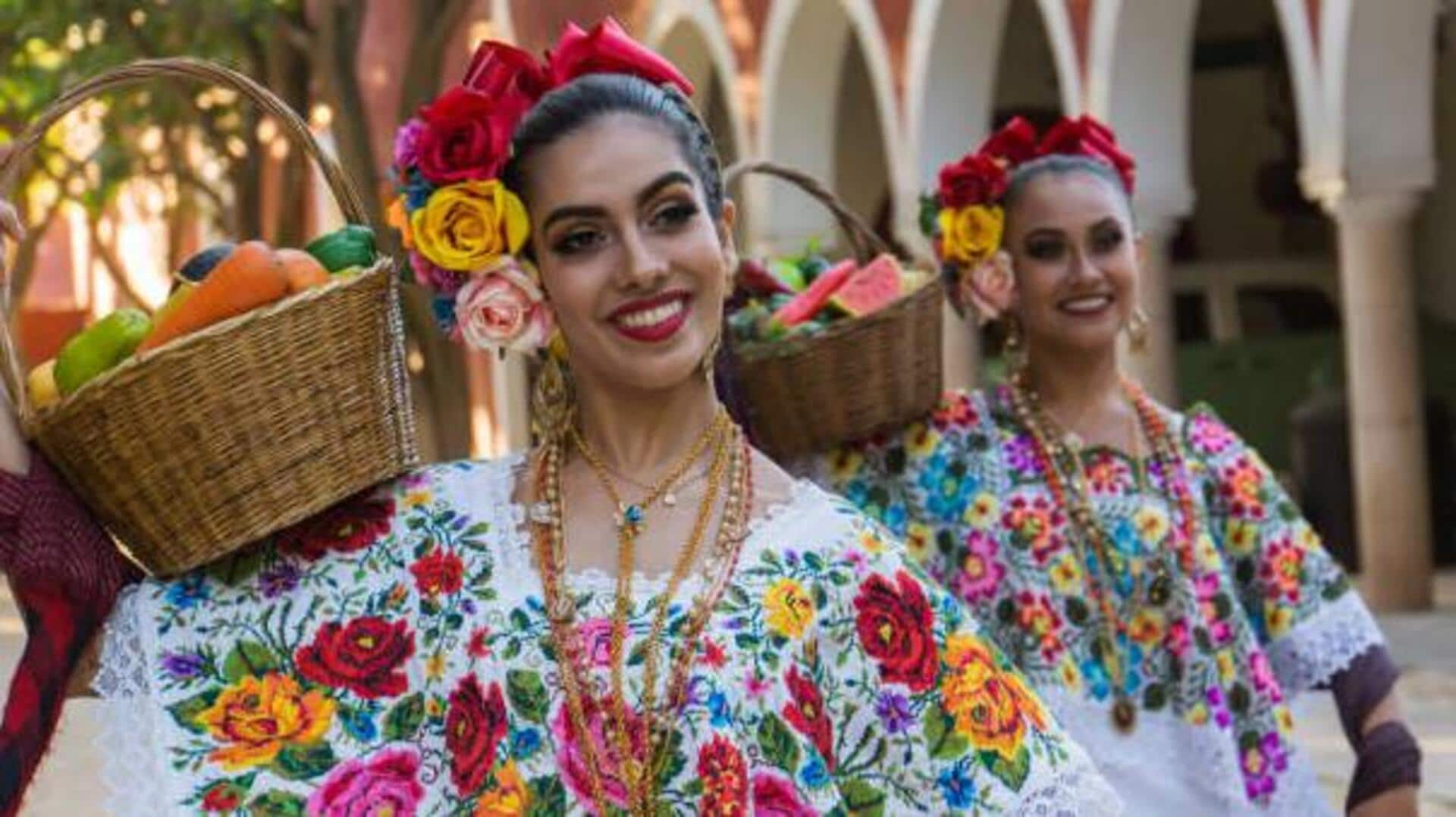
Embracing the huipil: A cultural journey
What's the story
The Mexican huipil, deeply rooted in the country's indigenous cultures, is a vibrant testament to Mexico's heritage. This article explores the huipil's history, its modern fashion significance, and practical advice for integrating this piece into contemporary wardrobes. By examining the intersection of tradition and modernity, we reveal how the huipil continues to inspire and resonate across cultures.
Background
The huipil's historical tapestry
Originating from pre-Columbian times, the huipil is more than just an item of clothing; it is a canvas narrating stories, beliefs, and identities. Traditionally handwoven by women, each huipil reflects the specific cultural nuances of its region through colors, patterns, and motifs. These garments serve not only as everyday attire but also play crucial roles in ceremonies and rites of passage.
Key concept
A symbol of identity and resistance
In contemporary times, the huipil has emerged as a powerful symbol of identity and resistance against cultural homogenization. It embodies a tangible connection to the ancestral roots of many Indigenous communities. Moreover, fashion designers have started to weave huipil-inspired elements into their collections, highlighting its enduring relevance and versatility within modern fashion landscapes, thus celebrating its rich cultural significance.
Practical advice 1
Integrating tradition with modern wardrobes
Incorporating a huipil into your wardrobe serves as both a style statement and an act of cultural appreciation. To achieve a casual yet striking look, consider pairing a shorter-length huipil with jeans or high-waisted trousers. Complement this ensemble with simple jewelry, which will accentuate the huipil's intricate designs without overwhelming them. This approach allows the garment's unique beauty and craftsmanship to shine through prominently.
Practical advice 2
Sustainable fashion meets cultural heritage
Embracing the huipil aligns with sustainable fashion by valuing craftsmanship and durability over fast fashion. When buying a huipil, consider sourcing from artisans or cooperatives that benefit indigenous communities. This approach ensures authenticity while supporting ethical practices in the fashion industry. Understanding its historical significance and integrating it into modern attire responsibly celebrates the beauty and cultural importance of the Mexican huipil.